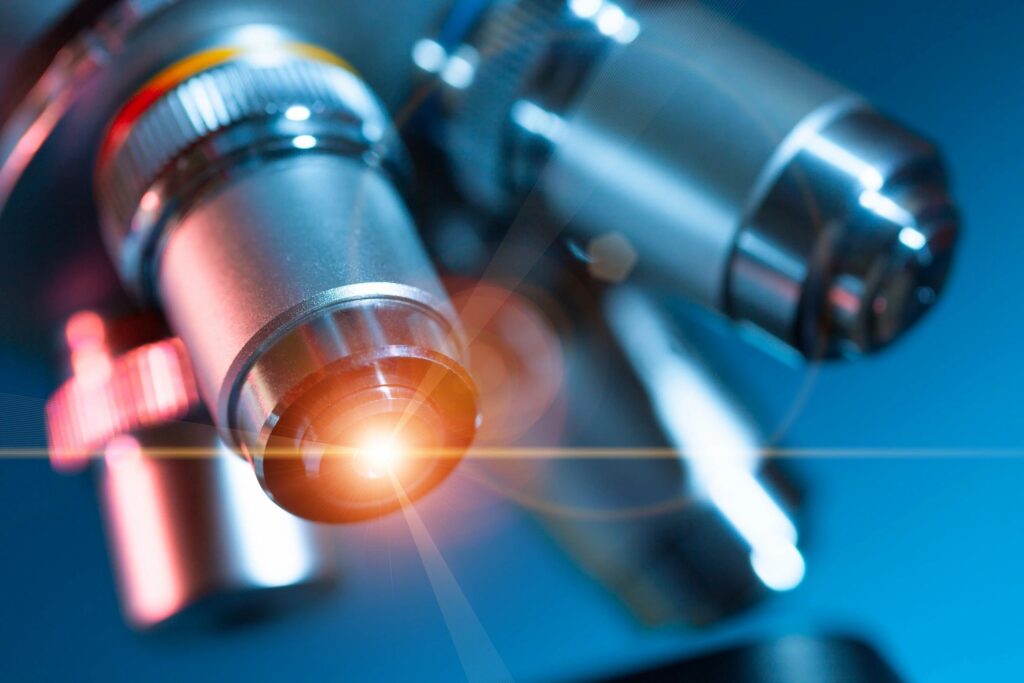Mohs’ surgery is a treatment that is commonly used for the most common types of skin cancer. It is a specialized method of tumor removal, processing, and evaluation under the microscope. It is the only treatment that evaluates all of the margins and therefore has the highest cure rate of any treatment available for common, and some uncommon, skin cancers.

What types of cancers are treated using Mohs’ Surgery?
Most commonly basal cell carcinoma and squamous cell carcinoma can be treated. Melanoma can be treated, especially when on the face. Less common tumors including Merkel cell carcinoma, Atypical fibrosarcoma protuberans, angiosarcoma, and atypical fibroxanthoma can be treated as well as some even more uncommon tumors.
Do I need Mohs’ surgery?
No one “needs” Mohs’ surgery, but the benefit of higher cure rate and the removal of less “uninvolved” or “non-cancerous” tissue must be considered. Ultimately, you the patient must weigh of the the options and decide what is most important to you. Some may want a treatment with the highest cure rate. Some may want the least expensive treatment. Others may want a non-surgical treatment. One must weigh all of these factors and make an educated decision on what meets their needs and/or desires. For tumors on the face, especially the nose, eyelids, lips, ears, digits, and genitalia one should seriously consider this treatment for most basal cell carcinomas, squamous cell carcinomas, and melanomas.
Is Mohs’ surgery expensive?
Mohs’ is more expensive than many treatments, but less expensive than radiation. The plastic surgery reconstruction may cost more or less than the Mohs’ surgery, especially if it is performed by a different surgeon, performed on a different day, or performed in a surgery center or hospital.
I heard that Mohs’ surgery leaves you with a big scar, is that true?
FALSE. Mohs’ surgery is a method of tumor removal. It is the plastic reconstructive surgery that occurs AFTER the Mohs’ surgery that the final cosmetic result will depend upon. A “bad” result is often a result of “bad” reconstruction, most commonly, or the tumor was large and required extensive reconstruction. With “good” reconstruction the final cosmetic result should less noticible. Every time one cuts the skin a scar will form. Everyone must expect to have a scar. The goal of reconstruction is to ensure everything functions properly (i.e. eyelid), there is little to no distortion, and there is the least amount of visible scar present.
How to find the BEST Mohs’ Surgeon
This is difficult. In my experience, the best Mohs’ surgeons are also those who perform their own reconstructions and are good at it. Many surgeons are NOT honest and take very small layers intentionally so that they can take, and bill for, additional stages. This is a shame as it adds time, cost, and additional discomfort unnecessarily. In many cases, the resultant defect (hole) is larger than it would have needed to be, resulting in a larger reconstruction. A surgeon who commonly takes two or more stages is LIKELY not a great or honest Mohs’ surgeon. In my practice we clear most patients on the first stage 70% of the time.
When should I consider Mohs’ over other treatments?
For tumors on the nose, eyelid, ear, lips, digits, and genitalia one should highly consider Mohs’ for many types of tumors. For larger tumors (over 2cm) on the trunk one should consider Mohs’ Surgery, although excision might be appropriate based on tumor type. For tumors on the lower legs that are over 1cm, Mohs’ should be considered.
go to www.drbader.com for more information
